|
I recently had an interesting conversation with a customer about galvanic isolation. They were using a current supply for cathodic protection, but the devices were breaking in the field. The solution from the vendor was to use an isolated DC/DC to the input of the current supply device. How does isolation solve the problem? If you look at the circuit below, there's no reason isolation would be required. Power comes into the DC/DC converter, and then the current source pushes current through the load. The schematic hides the details of the current source circuit, but the details are important to understand why this doesn't work. In both current source circuits, the load is not connected to ground. It has to be connected to an internal point within a circuit. If the bottom side of the load is connect to ground, then a short circuit to ground occurs. Current through the load resistor flows directly to ground, and bypasses the control circuitry. Isolation breaks the ground loop and forces current to be returned through the current source, instead of to the power source. Although the example circuitry shown above is fairly simple, the same principles apply to more complex circuity. I recently designed a 4 to 20 mA current output using a Texas Instruments DAC161S997.
The simplified schematic of this circuit is shown below. In the schematic, the DAC is loop powered. If the loop power is not isolated from the power input to the IC, then current will return to ground at the COMD/COMA pin, and not through LOOP-, which is wrong.
0 Comments
Your comment will be posted after it is approved.
Leave a Reply. |
SUMMARY
Commentary and insight on emerging trends and technology in industrial automation, along with whatever else catches our fancy. Archives
December 2019
Categories
|

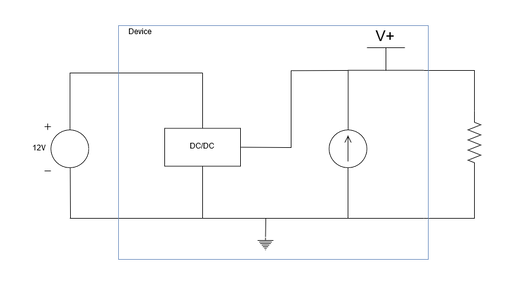

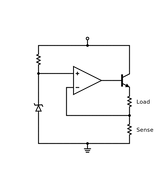
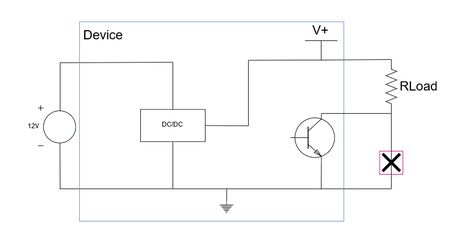
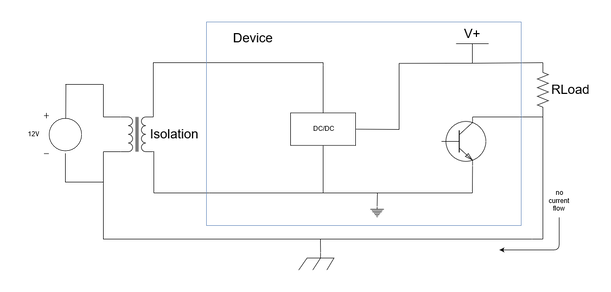
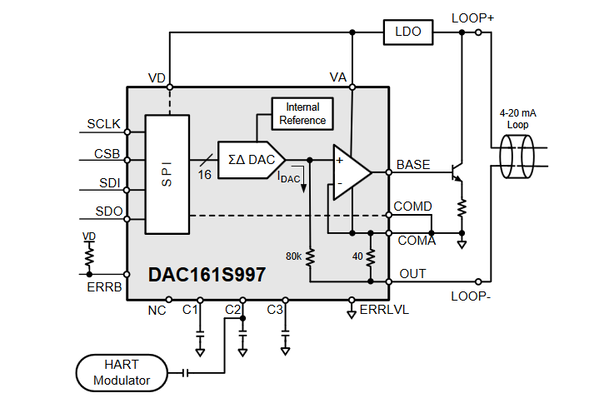
 RSS Feed
RSS Feed
